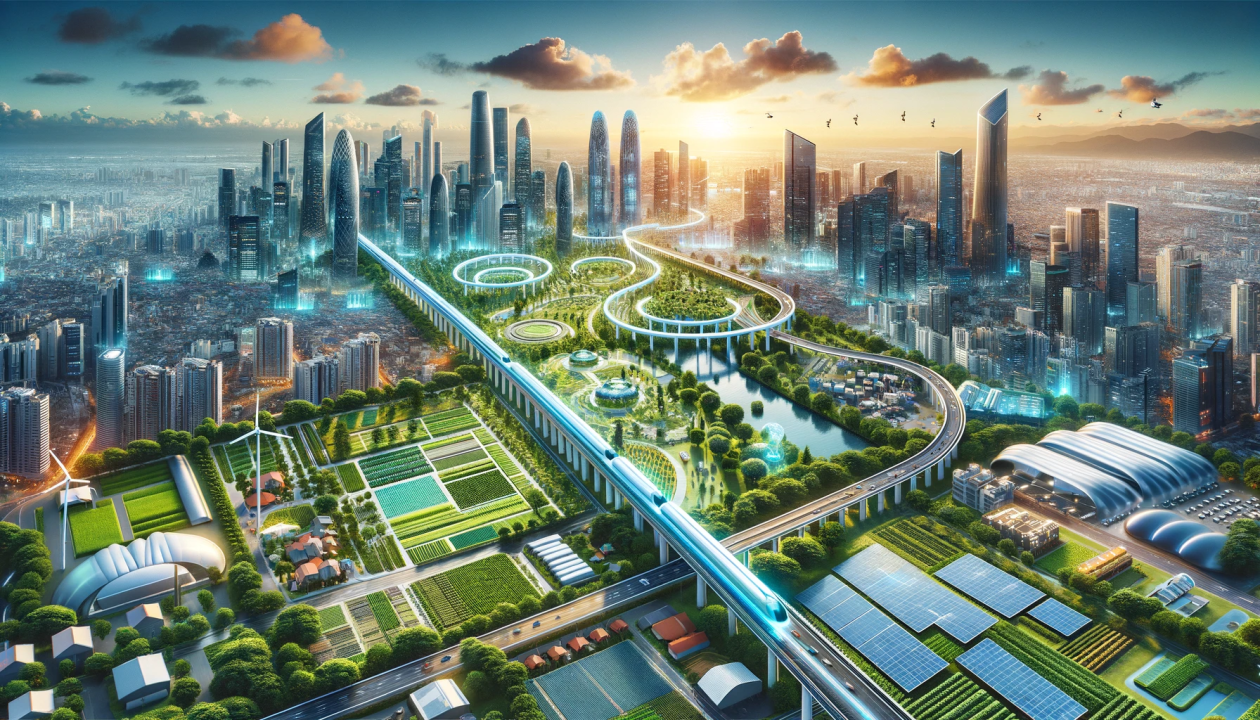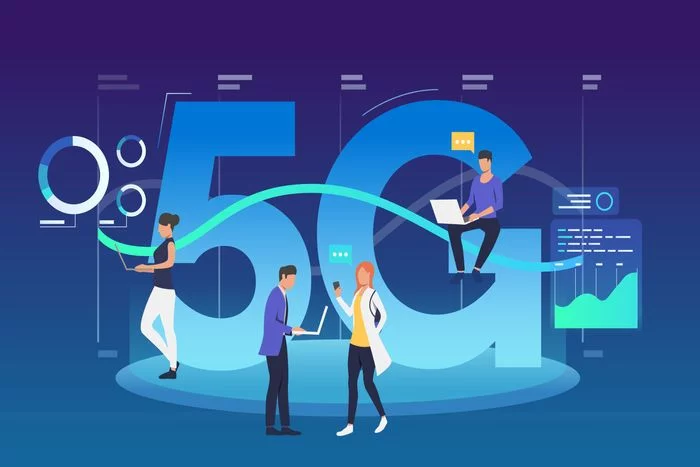How Technology is Bridging the Global Digital Divide
How Technology is Bridging the Global Digital Divide
In today’s interconnected world, access to technology is no longer a luxury—it’s a necessity. However, not everyone has equal access to digital tools and the internet. This gap, known as the digital divide, separates those who can benefit from technology and those who cannot. Fortunately, advancements in technology are playing a pivotal role in bridging this gap. In this article, we will explore how technology is addressing the global digital divide, empowering communities, and creating opportunities for millions of people worldwide.
Understanding the Digital Divide
The digital divide refers to the unequal access to digital technologies, such as computers, smartphones, and the internet. This divide exists between countries, regions, and even within communities.
Causes of the Digital Divide
Several factors contribute to the digital divide, including:
- Economic disparities: High costs of devices and internet services make them inaccessible for low-income populations.
- Geographical barriers: Rural and remote areas often lack the infrastructure needed for reliable internet connectivity.
- Lack of digital literacy: Many people, especially older adults, struggle to use digital tools effectively.
Why Bridging the Divide Matters
Access to technology is essential for education, healthcare, employment, and social inclusion. Without it, individuals and communities are left behind in an increasingly digital world.
Expanding Internet Access
One of the most significant ways technology is bridging the digital divide is by expanding internet access to underserved areas.
Satellite Internet and Low Earth Orbit (LEO) Satellites
Companies like SpaceX’s Starlink are launching constellations of low Earth orbit (LEO) satellites to provide high-speed internet to remote regions. These satellites can reach areas where traditional infrastructure, like fiber-optic cables, is impractical or too expensive to install.
Community Wi-Fi Networks
In many developing countries, community Wi-Fi networks are being set up to provide affordable internet access. For example, Google’s Station initiative has brought free Wi-Fi to public spaces like train stations and parks in India and other countries.
Mobile Internet Solutions
Mobile networks are playing a crucial role in connecting people. With the proliferation of affordable smartphones, mobile internet has become a lifeline for millions. In Africa, for instance, mobile money services like M-Pesa have transformed financial inclusion, enabling people to access banking services through their phones.
Affordable Devices and Open-Source Technology
High costs of devices like laptops and smartphones are a major barrier to digital access. However, technology is making these tools more affordable and accessible.
Low-Cost Devices
Organizations and companies are developing low-cost devices specifically for underserved populations. For example, the One Laptop per Child (OLPC) initiative provides durable, low-cost laptops to children in developing countries. Similarly, companies like Xiaomi and Tecno offer budget-friendly smartphones with advanced features.
Open-Source Software
Open-source software, which is free to use and modify, is another way technology is bridging the divide. Platforms like Linux and LibreOffice provide alternatives to expensive proprietary software, enabling schools and businesses to operate without hefty licensing fees.
Digital Literacy and Education
Access to technology is only part of the solution. Equally important is ensuring that people have the skills to use it effectively.
Online Learning Platforms
Platforms like Khan Academy, Coursera, and edX offer free or low-cost courses on a wide range of topics. These resources are particularly valuable in regions where traditional educational opportunities are limited.
Government and NGO Initiatives
Governments and non-governmental organizations (NGOs) are launching programs to teach digital skills. For example, the Digital India initiative aims to train millions of citizens in digital literacy, while NGOs like Code.org promote computer science education in schools.
Gamification of Learning
To make learning more engaging, many platforms use gamification techniques. Apps like Duolingo and Kahoot! turn education into a fun and interactive experience, encouraging users to develop new skills.
Bridging the Divide in Healthcare
Technology is also transforming healthcare access, particularly in underserved areas.
Telemedicine
Telemedicine allows patients to consult with doctors remotely using video calls or messaging apps. This is especially beneficial in rural areas where healthcare facilities are scarce. Platforms like Teladoc and Practo are making healthcare more accessible and affordable.
Mobile Health Apps
Mobile health apps provide information and tools for managing health conditions. For example, apps like MySugr help diabetics track their blood sugar levels, while MamaToto offers maternal health advice to women in developing countries.
Wearable Technology
Wearable devices like fitness trackers and smartwatches are empowering individuals to monitor their health in real-time. These devices can detect issues early and encourage healthier lifestyles.
Empowering Women and Marginalized Groups
The digital divide disproportionately affects women and marginalized groups. Technology is helping to address these disparities.
Women-Led Tech Initiatives
Programs like Girls Who Code and Women in Tech Africa are empowering women to pursue careers in technology. By providing training and mentorship, these initiatives are breaking down gender barriers in the tech industry.
Accessible Technology for People with Disabilities
Innovations like screen readers, voice recognition software, and adaptive devices are making technology more accessible for people with disabilities. For example, Microsoft’s Seeing AI app helps visually impaired individuals navigate their surroundings using their smartphones.
The Role of Artificial Intelligence (AI)
Artificial intelligence (AI) is playing a transformative role in bridging the digital divide.
AI-Powered Translation Tools
Language barriers can limit access to digital content. AI-powered translation tools like Google Translate are breaking down these barriers, enabling people to access information in their native languages.
Personalized Learning
AI-driven platforms like Squirrel AI provide personalized learning experiences, adapting to each student’s needs and pace. This is particularly beneficial for students in underserved areas who may not have access to quality teachers.
AI in Agriculture
In rural areas, AI is helping farmers improve crop yields and reduce waste. For example, FarmBeats uses AI and IoT sensors to provide farmers with real-time data on soil conditions and weather patterns.
Public-Private Partnerships
Collaboration between governments, businesses, and NGOs is essential for bridging the digital divide.
Government Policies and Funding
Governments are investing in digital infrastructure and creating policies to promote internet access. For example, the European Union’s Digital Single Market strategy aims to ensure that all citizens have access to high-speed internet.
Corporate Social Responsibility (CSR)
Many tech companies are using their resources to address the digital divide. For instance, Facebook’s Internet.org initiative aims to provide free internet access to underserved communities, while Microsoft’s Airband Initiative focuses on expanding broadband access in rural areas.
Challenges and Future Directions
While technology is making significant strides in bridging the digital divide, challenges remain.
Infrastructure Gaps
In many regions, especially rural and remote areas, the lack of infrastructure remains a major obstacle. Governments and private companies must continue to invest in building and maintaining digital infrastructure.
Cybersecurity Concerns
As more people gain access to the internet, cybersecurity becomes a critical issue. Ensuring that users are protected from online threats is essential for building trust in digital technologies.
Sustainability
Efforts to bridge the digital divide must be sustainable. This includes using renewable energy to power digital infrastructure and ensuring that devices are recyclable.
Conclusion
Technology is a powerful tool for bridging the global digital divide. From expanding internet access and providing affordable devices to promoting digital literacy and empowering marginalized groups, these innovations are creating a more inclusive and equitable world.
However, the journey is far from over. Continued collaboration between governments, businesses, and communities is essential to ensure that everyone, regardless of their location or background, can benefit from the digital revolution. By working together, we can build a future where technology truly serves as a bridge, connecting people and unlocking their full potential.




Post Comment